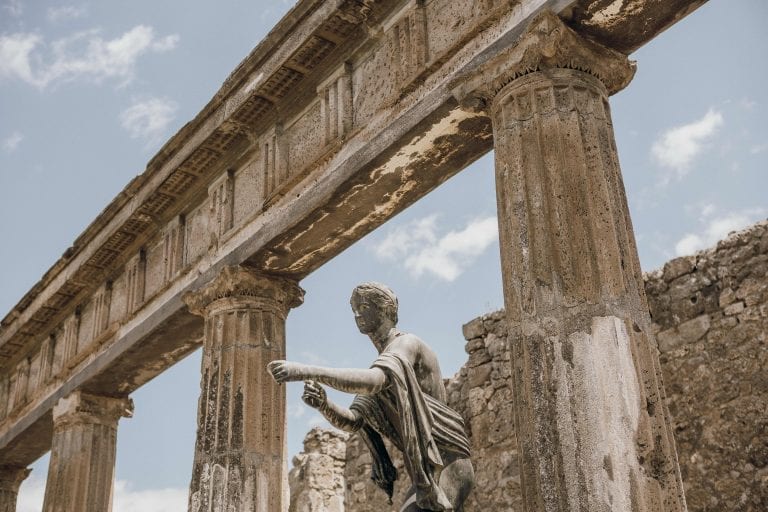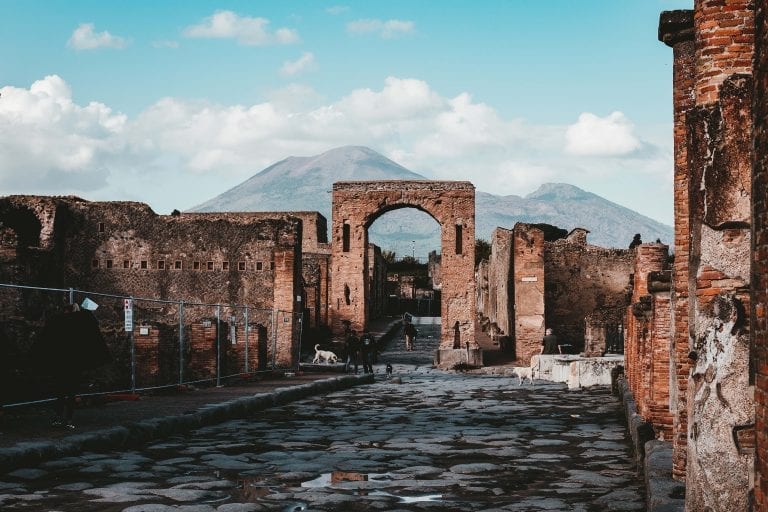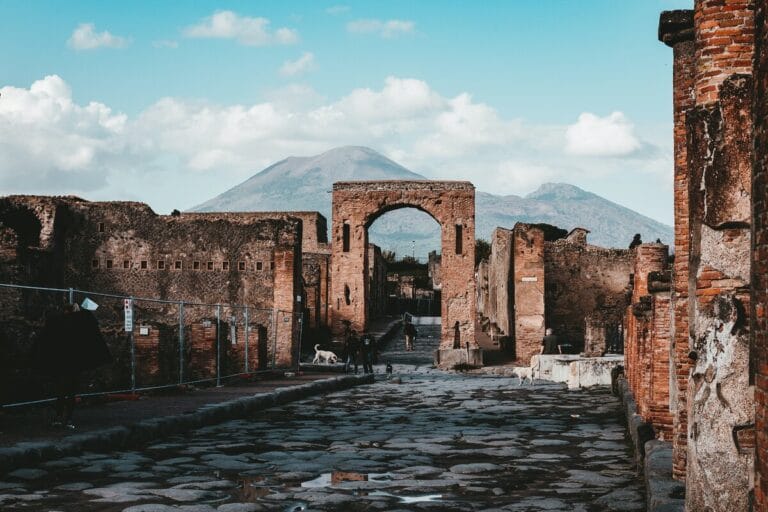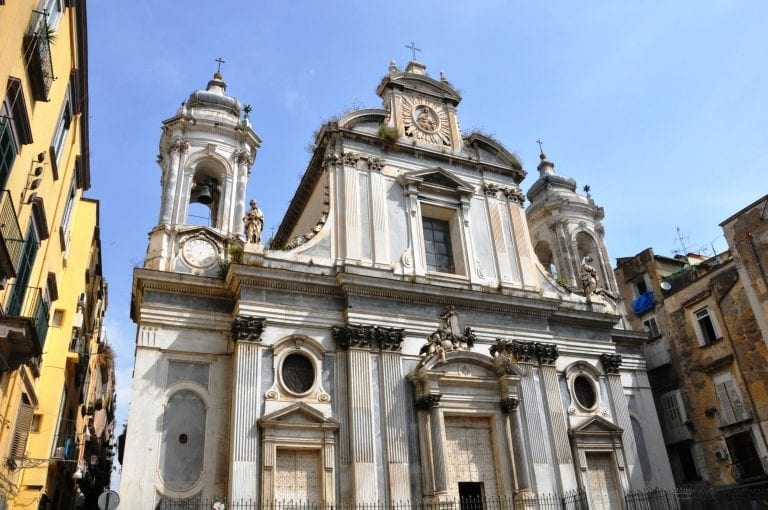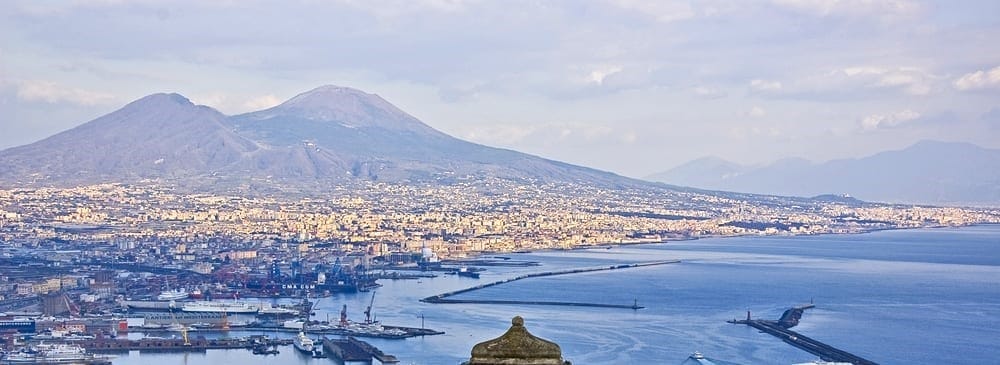
Why You Shouldn’t Go to Pompeii Without Visiting Mount Vesuvius
December 23, 2024
Every year millions of visitors come to the Bay of Naples to bask on the shores of the Amalfi Coast and stroll through the frozen-in-time streets of Pompeii. What few realize is that they are walking in the shadow of mainland Europe’s last active volcano.
Mount Vesuvius is famous for the AD 79 eruption that spewed rock and dust up to 20 miles into the air and buried the towns of Pompeii and Herculaneum, but there is a lot more to its story. It is half natural monument, half symbol of the apocalypse; a mountain that connects the entire region with equal parts history, myth, and geology. Although nearly everyone who visits Italy stops off at Pompeii at least once, few visitors know that the best way to top off their trip is by visiting Mt. Vesuvius. Those that do, however, enjoy spectacular views as well as a unique perspective on the relationship between the history of Italy and the volatile earth that it sits upon. If you’re planning your next trip to Italy, here are five very good reasons to stop by Mount Vesuvius.
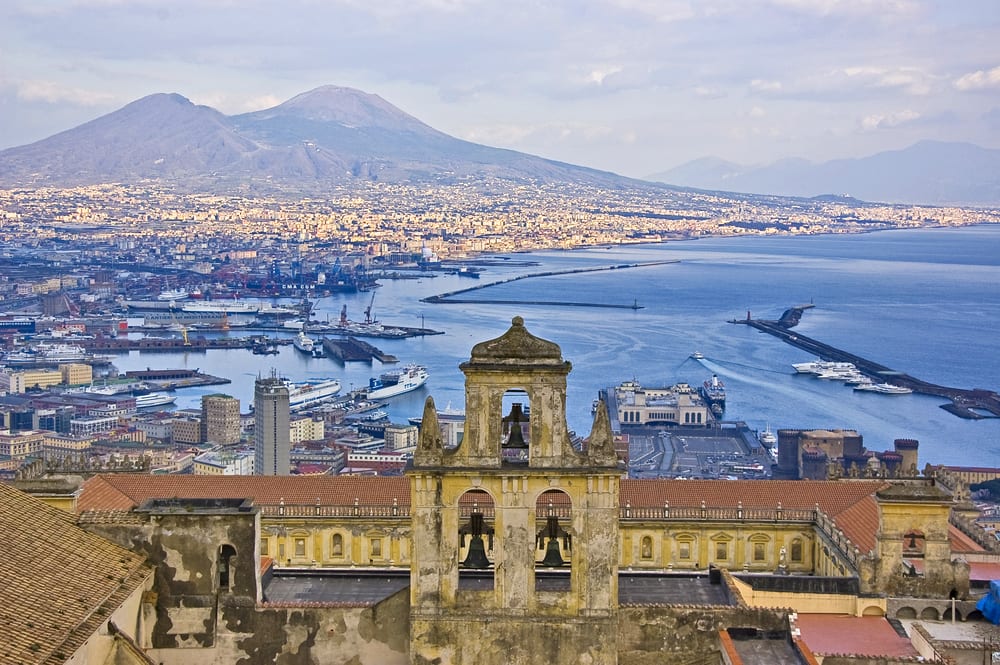
Yes, that is Mount Vesuvius lurking in the background.
Table of Contents
ToggleTo marvel at nature
Vesuvius is among the most well-known volcanos in the world (how many other volcanoes can you name?). But many people don’t realize that it’s also one of the most picturesque and easily-accessed. It dominates the background of any view of the Bay of naples, lording over the landscape like a sleeping giant. It’s stunning from afar, but if you truly want to appreciate its grandeur you have to visit Mount Vesuvius and take a hike around its massive crater, which is just 6 miles from Naples. The land around Vesuvius was declared a national park in June 1995 (the Parco Nazionale del Vesuvio) and there are nine separate nature walks around the volcano, although you can only walk the edge of the crater with a certified guide. One of Italy’s best outdoors adventures, the crater’s lunar landscape offers a completely different kind of hike to many in the country. Watch as steam from small vents inside the crater shoots up, reminding us that while the volcano may currently be dormant, it certainly isn’t dead.
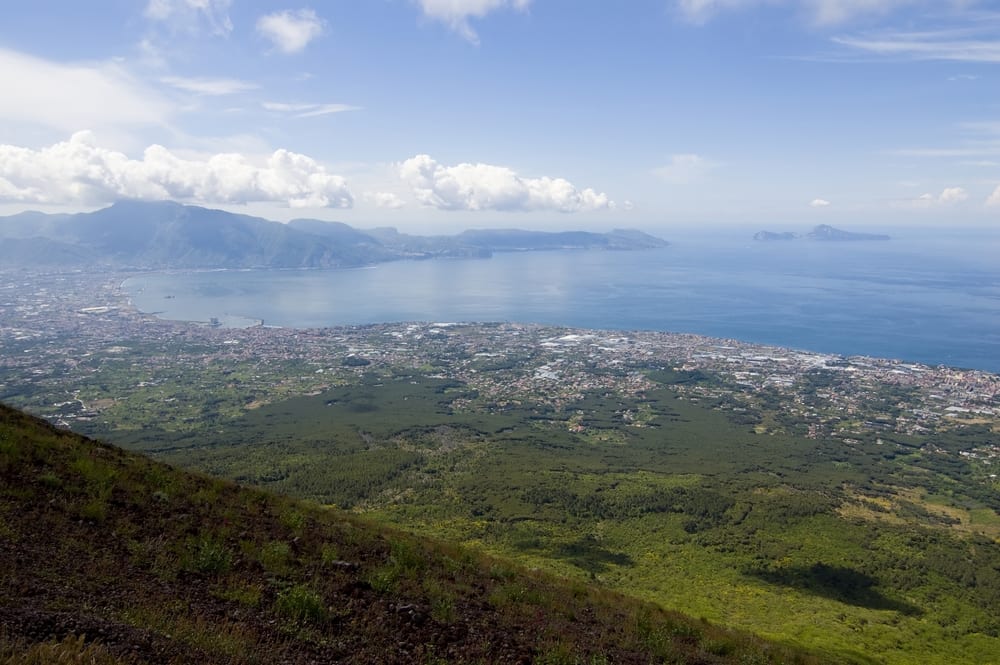
Get this view of the Gulf of Naples… if you dare.
For more great attractions close to Naples check out our list of best day trips from Naples.
To fully understand what happened at Pompeii
For a visceral thrill, peer down into Vesuvius’ crater and try to imagine what it looked like on August 24th, AD 79 when, After hundreds of years of dormancy, it began to spew dust and rocks. Although many people escaped as the eruption continued, in an instant, an avalanche of lava and rock disgorged from the crater and raced down the mountainside. It hit Pompeii at 100 miles per hour, burying the town in an instant but also preserving it perfectly for 1,500 years. Of the many effects it had on the Roman Empire and world history, the eruption gave us the word “plinian” which vulcanologists use to describe large clouds of ash and dust released into the atmosphere by volcanic eruptions.
Today Pompeii is one of the most important archeological digs in the world and if you want to visit, our Insiders’ Guide on Pompeii has all the information you’ll need. But it’s only half the story: visiting Mount Vesuvius and learning its (much longer) history is the only way to really get an idea of the magnitude of the natural disaster and how it changed history as we know it.
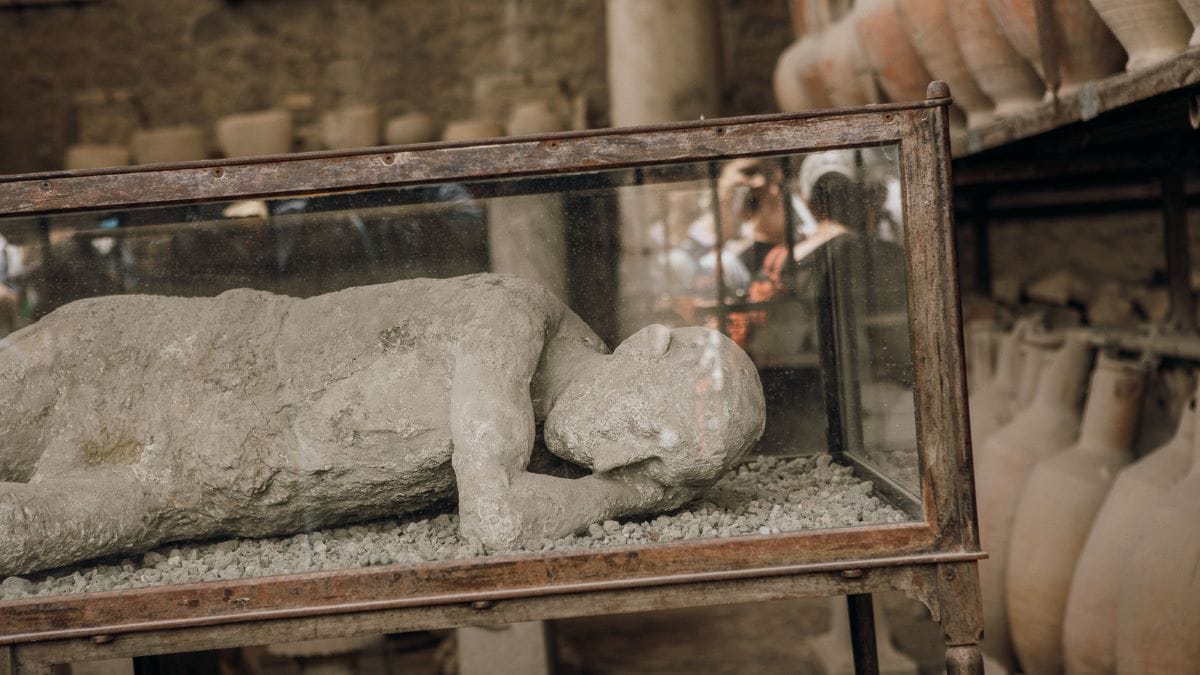
Seeing the human remains found in Pompeii on display is just heartbreaking.
To see modern Italy from a new perspective
99% of visitors look up at Mt. Vesuvius from vantage points near the bay of Naples; but trust us; the other way around is much better. Peering down on Pompeii, Naples, and all the way to the Amalfi Coast from the summit of Vesuvius will help you understand why this mountain was long considered a place of gods and monsters. It will also give you a sense of just how big the AD 79 eruption was, and how much devastation is caused. Did we mention that the view is also just plain gorgeous? You can spend as much time as you want on the summit soaking up the human and geological history of the mountain or you can simply sit back at the cafe and enjoy a cool drink and take in the sights.
If you feel like stopping off in Naples, don’t miss our guide to this rowdy, rollicking, and utterly irresistible city.
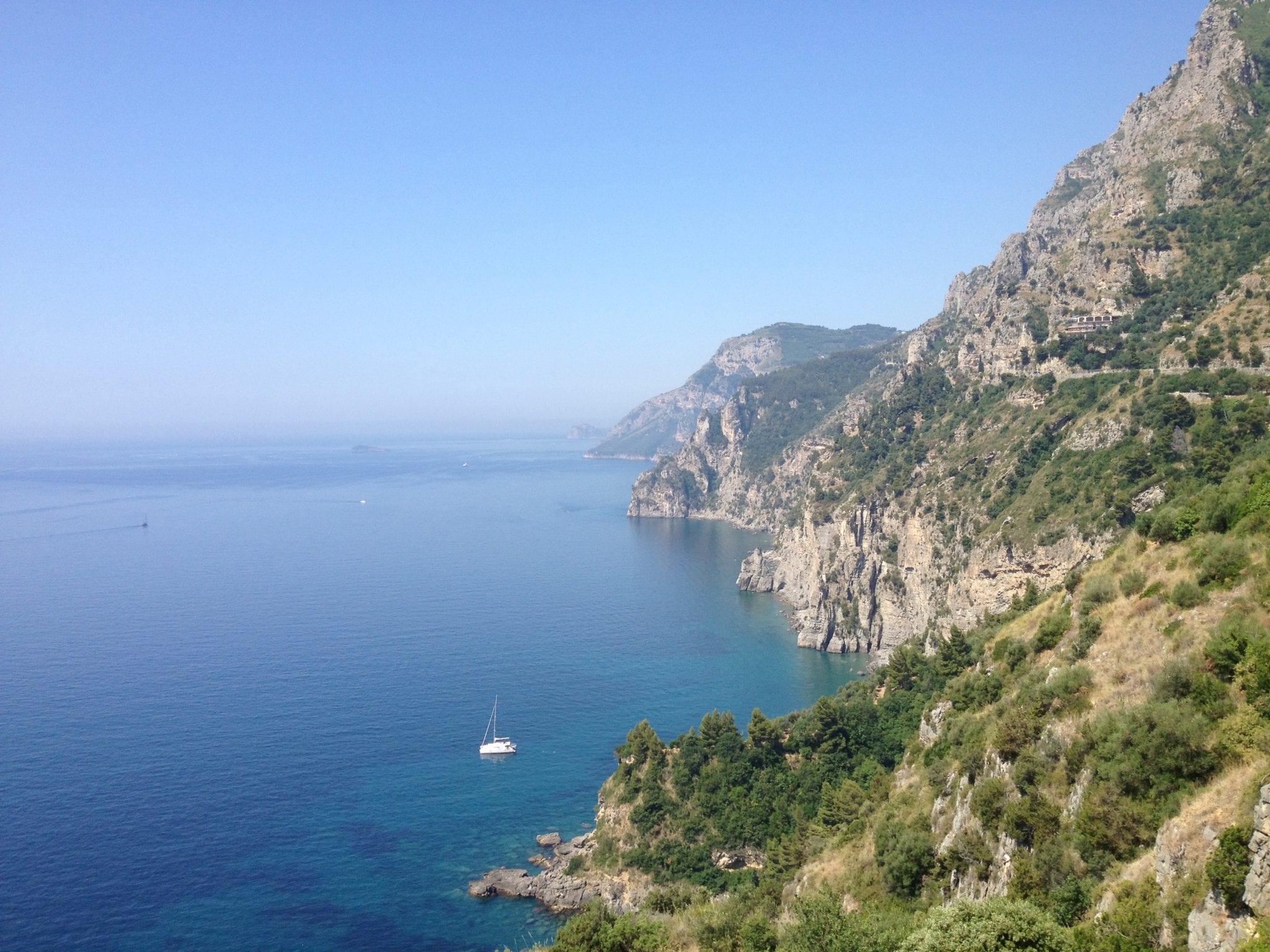
On a clear day you can see the Amalfi Coast from the volcano.
To walk in the footsteps of giants
When you hike the crater of Mount Vesuvius you tread the path of the legendary hero, Hercules. According to pagan Roman tradition, the famously strong demigod cleared the area of bandits in between completing his 12 labors. The facts, if any, are characteristically vague but we do know that the ancient Greeks and Romans regarded Mount Vesuvius as sacred, and that the town of Herculaneum at its base (also snuffed out by the AD 79 eruption) was likely named after the ancient world’s most famous hero. Both Hercules and Venus, the patroness of Pompeii, were worshipped in the region, so even if you don’t believe Hercules ever actually set foot on the volcano, the land is still steeped in his myths and lore.
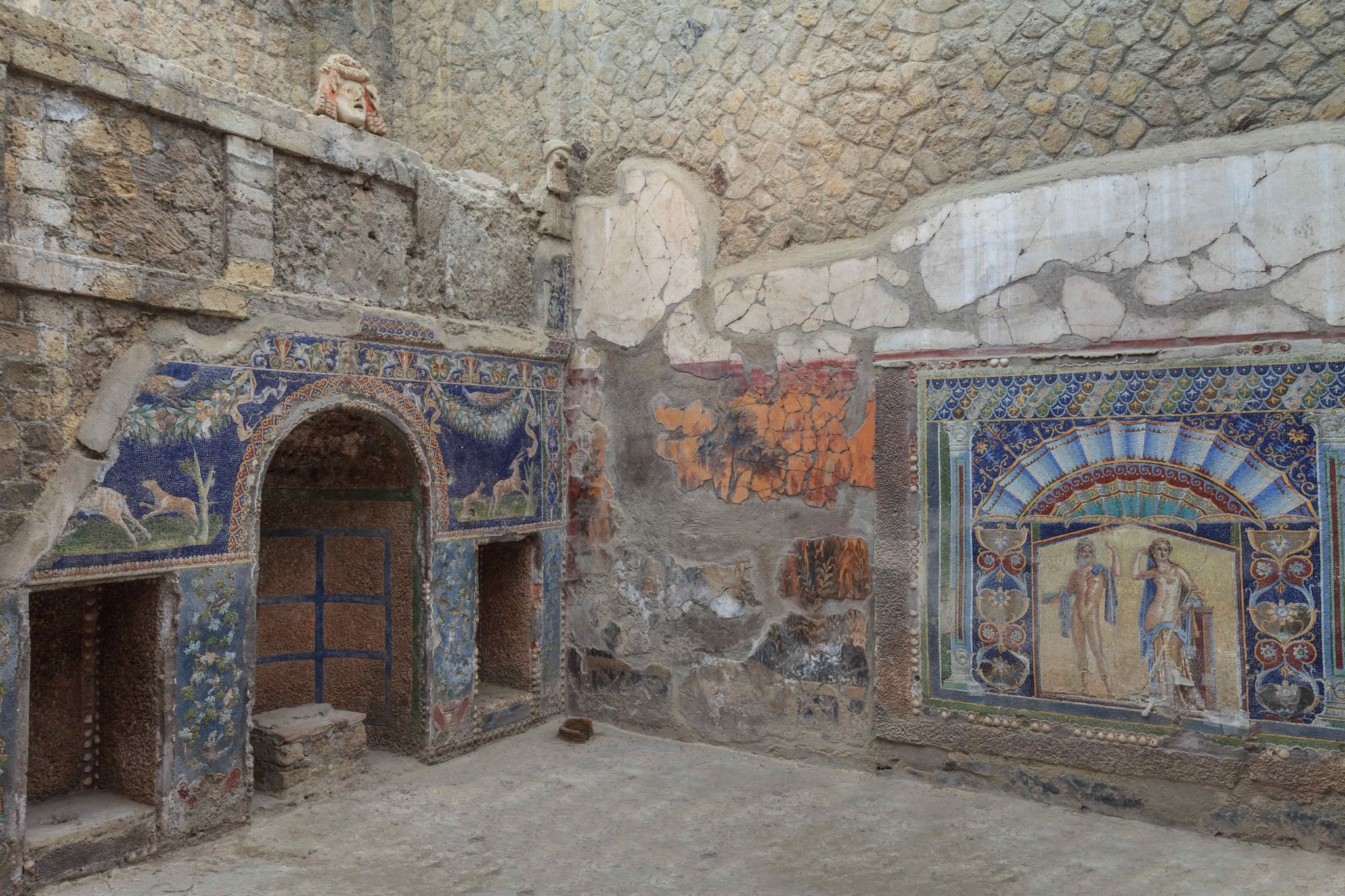
A wall mosaic of Neptune and Amphitrite found in the rubble of Herculaneum.
To have a thrilling (but still safe) adventure
Vesuvius is considered one of the most dangerous volcanoes in the world. But don’t run the other way just yet; it’s not because it could blow at any moment but because there are 3 million people living under it, making the threat of any eruption even more dangerous. And threat of eruption there is. The finicky volcano has erupted dozens of times in its 18,000-year existence, the most recent of which was in 1944. the AD 79 eruption had more thermal power in it than the atomic bomb dropped on Hiroshima. On two separate occasions ash from those plinian eruptions has fallen as far away as present day Istanbul, over 750 miles away!
While all this sounds pretty dire it’s important to remember that no one has been injured in an eruption since 1906. This is because the Osservatorio Vesuvio in Naples monitors the mountain very closely and Italian authorities close the park and alert Naples when the volcano shows any signs of activity – not just for full-blown eruptions but for any seismic movement or even simple “burps” of gas. Mount Vesuvius’ quiet stages have varied from 18 months to about 8 years over the past few centuries, making the current lull in activity the longest in nearly 500 years. Though it’s not thought to erupt soon, when it does, it’s expected to be violent; Meaning that this is one adventure not to procrastinate!
Want to explore the historic streets of Pompeii? Led by a local archaeologist, our Best of Pompeii Tour lets you skip the line and get a special insight into this amazingly unique destination.
by Gina Mussio
View more by Gina ›Book a Tour

Pristine Sistine - The Chapel at its Best
€89
1794 reviews

Premium Colosseum Tour with Roman Forum Palatine Hill
€56
850 reviews

Pasta-Making Class: Cook, Dine Drink Wine with a Local Chef
€64
121 reviews

Crypts, Bones Catacombs: Underground Tour of Rome
€69
401 reviews

VIP Doge's Palace Secret Passages Tour
€79
18 reviews

Legendary Venice: St. Mark's Basilica, Terrace Doge's Palace
€69
286 reviews









